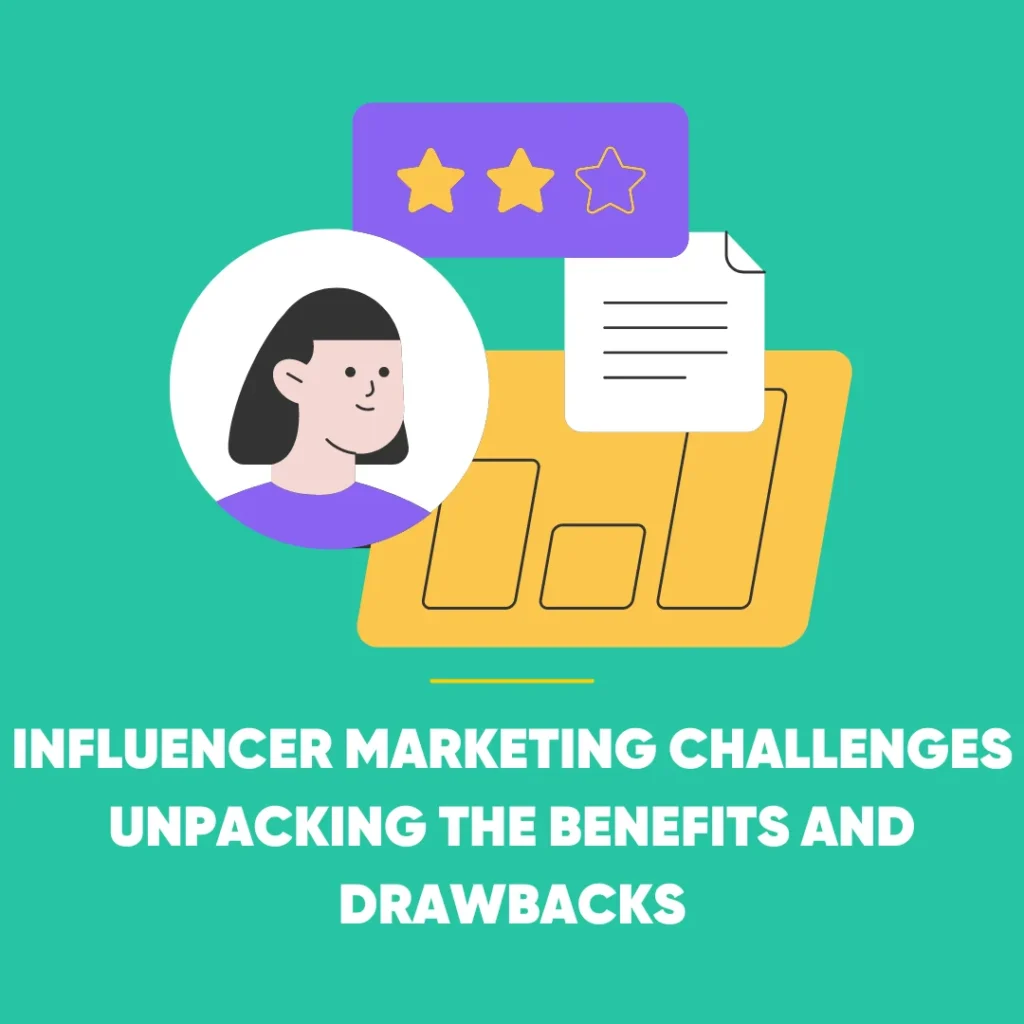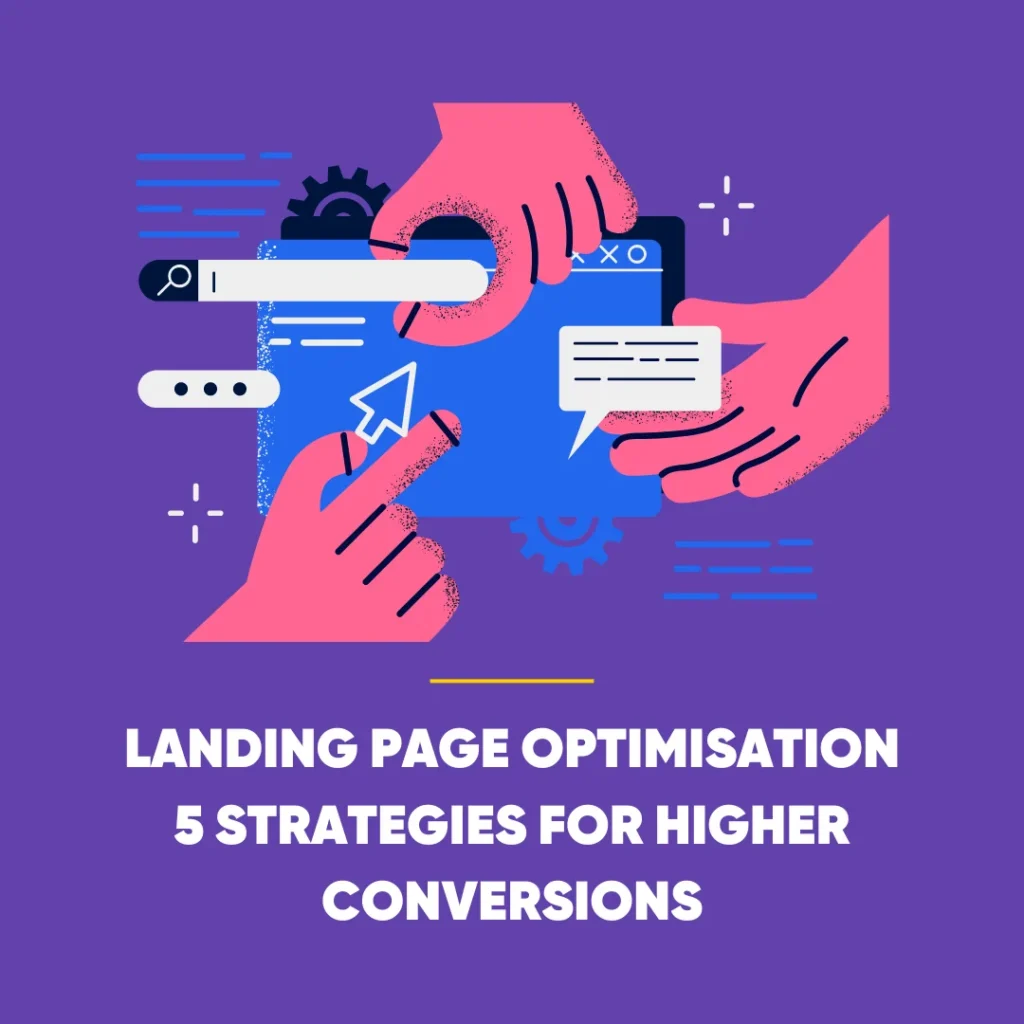The 5 Stages of a Digital Marketing Customer’s Journey
The customer journey is nothing new, but sometimes life as a digital marketer requires going back to basics to solidify knowledge and always be open to the idea of leaning. Let’s start with the general structure.
- Awareness
- Consideration
- Conversion
- Retention
- Advocacy
So let’s get straight to it and dive into each stage one at a time.
Stage 1: Awareness
So, let’s say you’re the owner of Company X, but for now try to put yourself in your customers’ shoes. You are aware you have a problem or need and you’re looking for a solution. You’ll likely come across the company through the likes of paid advertising campaigns, with various advertising channels including social ads, audio ads, social media influencers, video ads and display ads.
However, once you’ve been made aware of the company for the first time, that’s only step one. For you to stick around and consider becoming a paid customer, the brand and the offerings must make a strong and clear impression on you.
Stage 2: Consideration
In essence, this is the research stage. Customers will be checking out the market, conducting their research on the options available to them. During the time there are whittling their options down to the last two or three, you’ll have to prove that not only are you the best option, but also that you care about that being the case. Your other products and services, price comparisons with your competitors, customer reviews – that’s what they’ll be looking at.
The more competitors a customer checks out tends to mean the more they are willing to spend on the desired item. On average, though, a customer will visit three different websites before they settle on a purchase. To ensure you company is in the reckoning during this stage, a paid search on popular search engines is your absolute bread and butter.
We’d hazard a guess the word Google is in your mind right now. And rightly so. But in addition to this, try to keep in mind organic searches, made stronger through great blog content and Search Engine Optimisation (SEO). Make sure the offerings on your website are clear, unique, benefit driven, competitively priced and, ultimately, easily found.
You’ll need a strong and effective landing page (especially is your main objective is lead generation), but in general always keeping your website user-friendly is key. Customers with questions want to ask them, and what better place than your website? Therefore make sure it’s as easy as possible for them to contact you.
Stage 3: Conversion
At this point, the customer is 95% sure which company they’re going to choose. So, it’s time for that final little nudge over your line. Think back to when you were putting yourself in the shoes of a customer and consider what would do the trick for you. As mentioned above, customer reviews are a fantastic way to provide that extra 5%, so ensure there are social proof 5-star reviews shared on both socials and your website. Previous happy customers are pretty much unpaid salespeople, so make sure you’ve given them a highly visible place to shine.
Some customers take longer to reach the conversion stage than others. Funnel your website visitors into a separate segment from the rest of your audience. For example, if they have filled out a form, personalized messages are an option. Every little helps.
Purchases are proof of an effective marketing strategy. But there’s still more work to do…
Stage 4: Retention
Great news. Your prospective buyer has now become your customer. It’s now a case of making sure you maintain the relationship. Why? Well, it’s a hell of a lot easier to retain a customer than it is to acquire a new and they’re far more likely to purchase from you again at that.
For your existing customers to purchase from you again, you’ll need to make sure they know what’s on offer. Social media and newsletters are a solid way to go.
Don’t forget the importance of the customer reviews that we talked of just before. Be sure to follow up post purchase if possible and even offer incentives for doing so. It’s worth putting in the extra yards to help build trust amongst your entire audience. Stretching further, think about discount codes, time-specific promotional codes, or even VIP sales for existing customers. You need to keep your brand in the mind of your customers long after the initial day of purchase. Creating a need helps keep the engagement.
Stage 5: Advocacy
A positive customer experience is created when everything is in alignment. The brand, the ad and the actual product or service are all in harmony.
It is paramount to build off the retention stage in order for your customer base to grow. Word-of-mouth referrals are the holy grail here, so it’s certainly worth taking the time and effort to build relationships with your customer base.
A great first impression can be made with brand reputation management tools such as
or Capterra. More than 9 out 10 customers would agree that an online review can influence their purchasing decision.
Reviews aside, think about the content you can put out. Social channels are ideal for such promotion, letting your existing customer base share to friends and families online.
Want-to-what? Micro-Moments
Something that fills the gaps of the Customer Journey is what’s known as micro moments. The are many nuanced micro-moments, but for clarity’s sake let’s look at the four that are most universal.
Want-To-Know moments: When a potential customer is starting to conduct research to find information. This does not necessarily mean they intend to purchase.
Want-To-Go moments: When a potential customer is searching for a location, such as a restaurant.
Want-To-Buy moments: When a potential customer is planning to buy something and is searching for suggestions as to what to buy or indeed how to buy it. An example would be checking which stores have the desired item in stock.
Want-To-Do moments: When a potential customer wants to try something new or is seeking assistance to complete a task. This is a very important moment where you need to be there for your customers – a target persona comes into play here.
As a general rule, always make sure you are present and relevant for each moment. One possibility availability to you during the customer’s what-to-want stage, could be to run a Google PPC to capture top-of-the-funnel users. You can leverage Google Search Console or a tool like AnswerThePublic to discover what terms your audience are looking for. From this you can finetune your campaign and keywords to match them, so you capture them at the right place and time. Make sure your landing page is crystal clear, fast-loading and totally relevant, simplifying the purchasing process as much as possible. There is also the possibility to utilize analytical tools designed to track website visitor behaviour and collect audience data to continue optimizing your website and content. On the subject of your website, try to use multi-media content such as graphics or videos to complement your text content.
To simplify the data collected from numerous social channels, it could be worth partnering with an advertising agency that offers cross-channel advertising, consolidating all of your advertising channels into one single ecosystem. With the resulting cleaner data and reduced ad costs, it would be foolish not to explore this option.
In order to drive engagement and conversation, you want to provide your audience with a personalised, richly designed experience. This can be achieved through the interconnection of these four moments with your customer journey.
Furthermore, with more than half of smartphone users discovering new brands and products when researching on their mobile phone, it’s essential that you establish a mobile phone presence. Try to ensure that your customers are met with as mobile-friendly an experience as possible to help expand your reach.
The BELT Method
Aside from the above, let’s take a quick look at the BELT Method for Facebook ads. This was created by Facebook expert Curt Maly to track the user from a prospect to a buyer. The reasoning behind its creation was to lower ad costs while increasing the audience reach.
Maly’s idea was to target the audience with specific ad copy or imagery in accordance to their personality profile.
Let’s take a closer look at the acronym itself.
Belief: In essence, this is the equivalent of the “Awareness” stage, through setting ad objectives for brand awareness, reach, video view or post engagement. You create appealing content for your customers and measure the engagement.
Engage: With several alternative options available to your customers, you need to ensure that they view you as number one. Educate and entertain as a way to build trust. Campaign objectives here may include video views, land page clicks and post engagement.
Lead: Here you need to generate as much website traffic and leads as possible. As mentioned previously, make sure your landing page is as concise and user-friendly as possible to increase the number of website conversions and lead generation.
Transact: The conversation stage. Your audience has finally “added to basket” so to speak. Now is the time to retarget them and get them over the line. With their cards out ready to pay, it’s a good time to run conversion-driven Facebook ads: product catalogue sales, store visits, click-to-website, and website conversions.
Final Thoughts
Your audience aren’t identical, nor are they all at the same point at any given time. Incorporating micro-moments in your customer journey is a great way to build your brand credibility and leverage different ad types to target different segments of your audience. It’s all about reaching the relevant people at the relevant time. As a general rule, always try meet your customers where they are, with the goal to nurture them to convert again and again. Keep things clear, concise and customer-friendly to ensure they’ll officially jump on board.
As always, the very best of luck.
The Byter Team








